VAT explained for small businesses
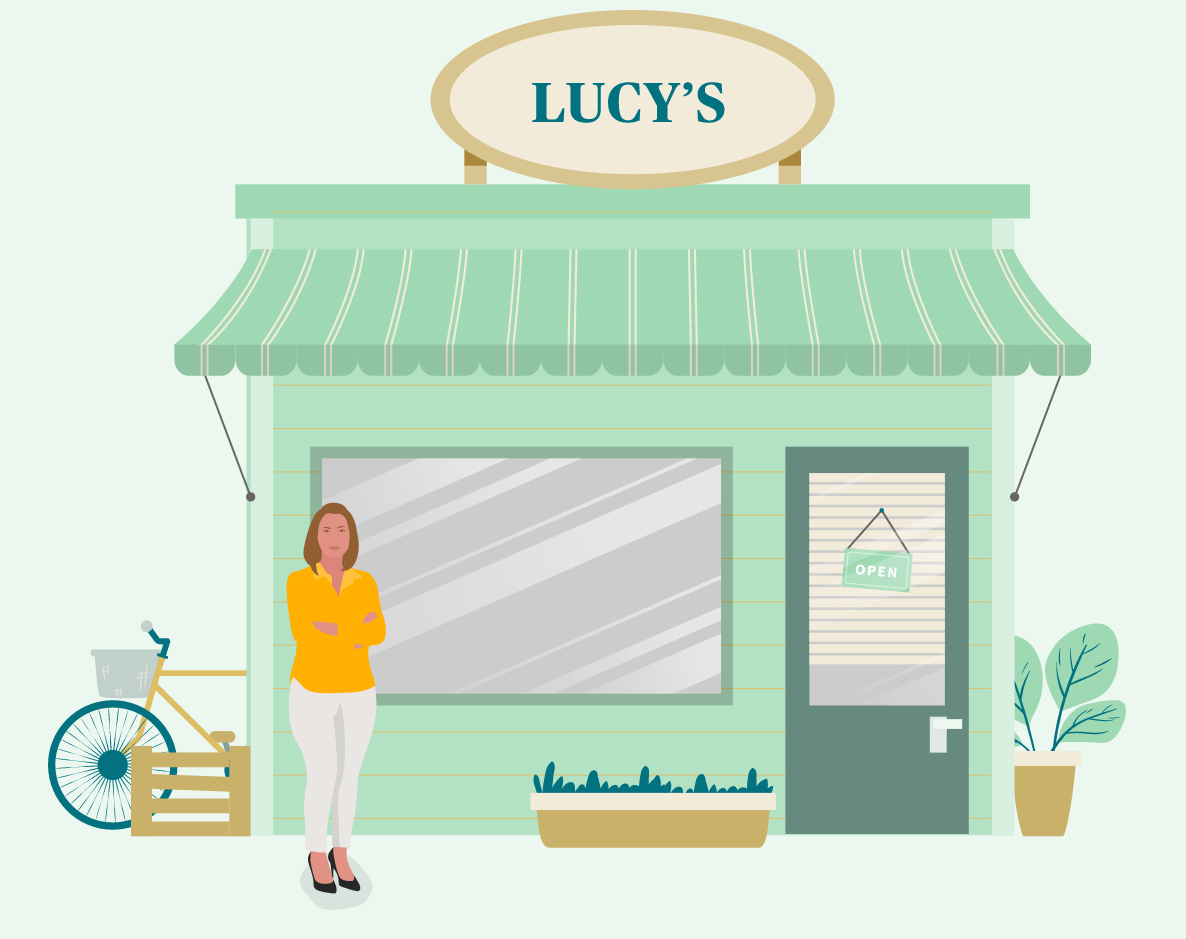
VAT, or value added tax, is something every small business and self-employed person should understand. Even if you don’t earn enough for VAT registration to be a legal requirement, you can register voluntarily which might be beneficial to your business.
If you’re not clued up on VAT, you could end up getting in trouble with HMRC – even if you make a genuine mistake.
AXA’s guide explains some of the key things you need to know about VAT.
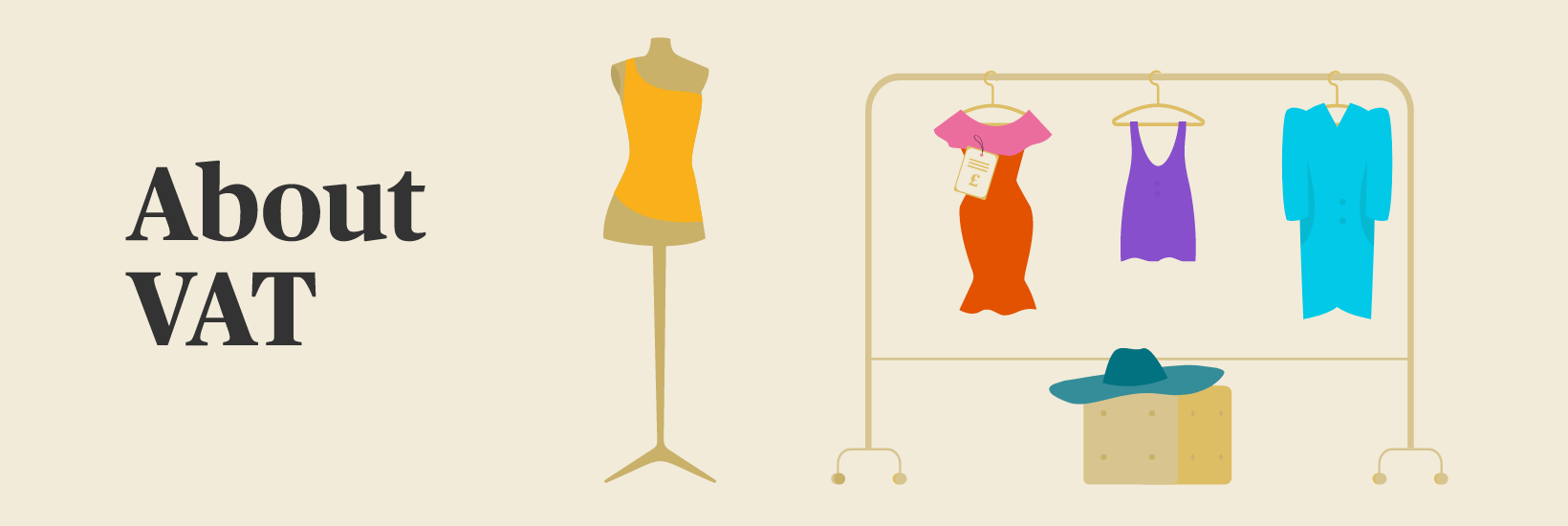
What is VAT?
VAT (value added tax) is a type of tax on goods and services. It applies to more or less all goods and services that are bought and sold.
When a small business or self-employed person is VAT-registered, they can charge VAT on the goods and services they sell and claim back the VAT charged on goods and services they buy for their business.
What is the VAT threshold?
You have a legal obligation to register for VAT if your business earns over the VAT threshold of £85,000.
So, if your business has a taxable turnover of above £85,000, you’ll need to register for VAT.
The £85,000 VAT threshold has been in place since 2017 and HMRC confirmed it will remain at this level until at least 2024.
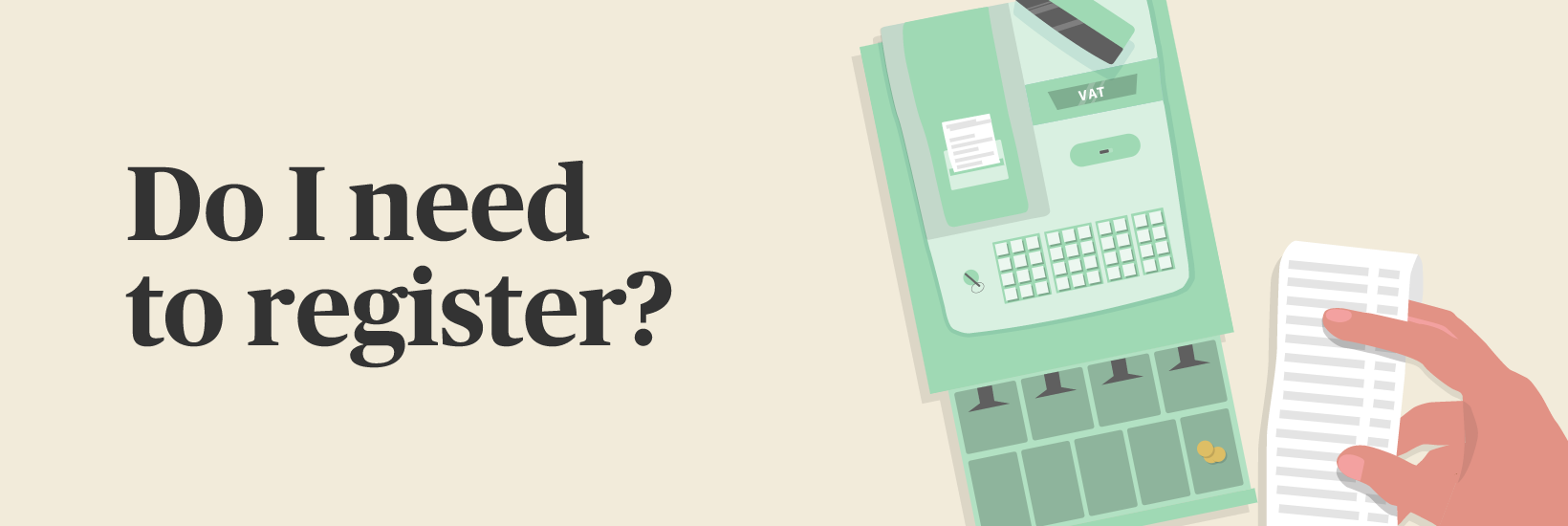
Should I register for VAT?
Small businesses and self-employed people must register for VAT if their VAT taxable turnover is above £85,000. This is known as compulsory registration, but you can also register voluntarily.
Compulsory registration
You must register for VAT if:

You expect your VAT taxable turnover to be more than £85,000 in the next 30-day period. You must register by the end of the 30-day period. Your effective date of registration is the date you realised, not the date your turnover went over the threshold.
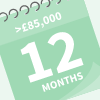
Your VAT taxable turnover was more than £85,000 in the last 12 months. You must register within 30 days of the end of the month you went over the threshold. Your effective date of registration is the first day of the second month after you go over the threshold.
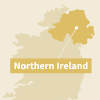
You’re based in Northern Ireland and buy goods for more than £85,000 from EU VAT-registered suppliers to use in your business. This applies even if your business only sells goods or services that are exempt from VAT.

You’re based outside of the UK. You must register as soon as you supply any goods and services to the UK (or if you expect to in the next 30 days). There’s no VAT threshold if you’re not based in the UK.
Voluntary registration
You might choose to register for VAT so that you:
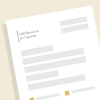
Don’t need to worry about notifying HMRC in time. If you fail to notice your business turnover going over the VAT threshold, your business could face a financial penalty. Voluntary VAT registration means you don’t have to worry about passing the threshold or notifying HMRC in time.

Can boost your business profile. Most people are aware of the VAT registration threshold, so voluntarily registering can give the impression that your business is successful and will make you stand out. You might even find that some suppliers and organisations won’t work with business who aren’t VAT-registered.
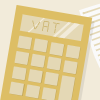
Can claim back VAT on purchases. You can claim back the VAT on goods and services purchased for your business. You can even reclaim VAT you incurred before you started your business as the long as you have the receipts and the goods are now exclusively used for business reasons.
How to register for VAT
There are a few ways to register your business for VAT. You can register:

Online

By post

Through an agent (e.g. accountant or financial advisor)
According to HMRC, most businesses register for VAT online through their Government Gateway account. (If you dont have an account, you can set one up here.)
However, you might find that you’re unable to register for VAT online. In that case, you’ll need to complete the VAT1 registration form which you can download here.
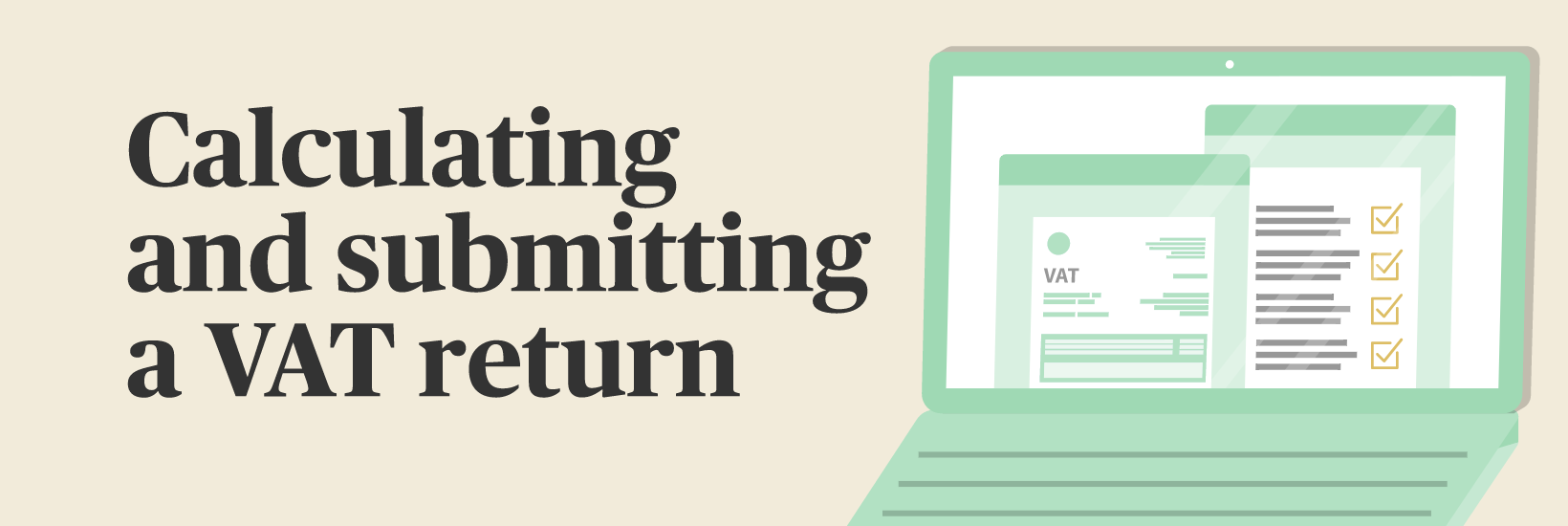
VAT rates for goods and services
The standard VAT rate for goods and services is 20%. However, there are other VAT rates you need to be aware of.
| % of VAT | What the rate applies to |
| Standard rate 20% | Most goods and services |
| Reduced rate 5% | Some goods and services (e.g. children’s car seats and home energy) |
| Over £150,000 | Zero-rated goods and services (e.g. most food, books and children’s clothes) |
Some items like postage stamps, basic food items and newspapers are exempt from VAT. As with zero rate items, no VAT can be charged on these goods and services.
Items being exempt from VAT and having a zero rate VAT isn’t the same thing. If your business sells zero rate good and services, you can register your business for VAT and claim back the VAT on your business purchases. However, if your business only sells goods and services that are exempt from VAT, you can’t register for VAT.
You can find a list of the VAT rates on different goods and services on GOV.UK here.
How to submit a VAT tax return
The VAT return calculates the amount of VAT due on sales (output VAT), minus the amount of VAT you can reclaim on purchases (input VAT). The resulting figure is the amount you owe HMRC or HMRC owes you. (If the amount you reclaim is higher than the amount due, you’ll get a VAT refund.)
Most VAT-registered businesses need to complete a quarterly VAT tax return.
The deadline for submitting the return online and paying HMRC what you owe is usually the same. You must submit and pay what you owe within one month and seven days of the relevant accounting period. For example, a VAT return for the three-month period between 30 January – 30 April, must be submitted by the 7 May.
The way in which most VAT returns must be submitted has recently changed with the introduction of HMRC’s Making Tax Digital scheme. VAT-registered businesses need to sign up for Making Tax Digital for VAT before their first return is due as eligible businesses aren’t automatically enrolled.
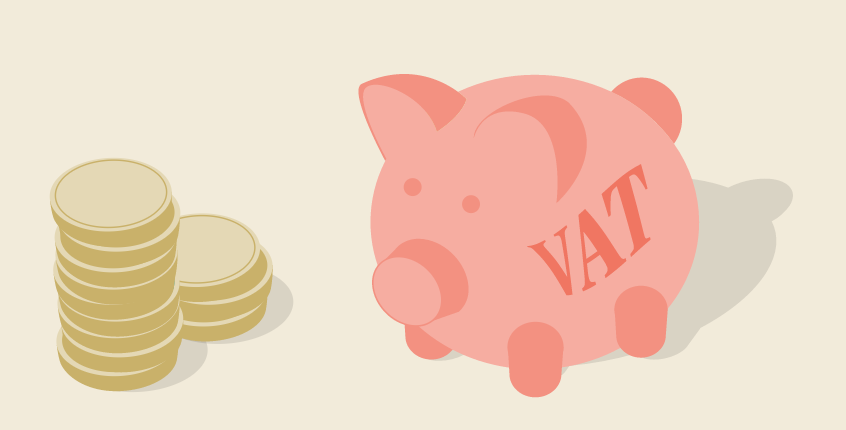
VAT accounting schemes for small businesses
When you register for VAT, you need a system for telling HMRC how much VAT you’ve charged and how much VAT you’ve paid.
Standard VAT accounting method
The most common method of VAT reporting involves keeping a detailed VAT record of all purchases and sales. This is usually done using online accounting software, but some businesses still use a manual log book. The information you collate is then used to complete a quarterly return where you’ll pay any VAT you owe or get a VAT refund.
Other VAT accounting methods
There are three alternatives to the standard VAT accounting method:
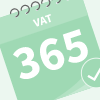
VAT Annual Accounting Scheme
This is very similar to the standard VAT accounting method, except you have an annual rather than quarterly deadlines. After completing the VAT return, you’ll make quarterly interim payments for the estimated VAT you’ll owe. This method is often better for cash flow, however you may end up over or under-paying HMRC at times.

VAT Flat Rate Scheme
The flat rate scheme means you simply pay fixed rate of VAT to HMRC (the percentage depends on the type of business you run). You’ll still need to charge VAT on invoices, but you won’t need to log the VAT details of every purchase or sale. Under this scheme, you won’t be able to claim back the VAT on purchases, which you should keep in mind.

VAT Cash Accounting Scheme
With the Cash Accounting Scheme, you pay VAT on sales when your customers pay you, and you reclaim VAT on purchases when you’ve paid the supplier. If you have lots of slow-paying customers this scheme might be for you, since you don’t need to pay VAT before you’ve been paid.
If you’re not sure which VAT accounting scheme is right for you, AXA would recommend contacting HMRC or speaking to an accountant or tax advisor.
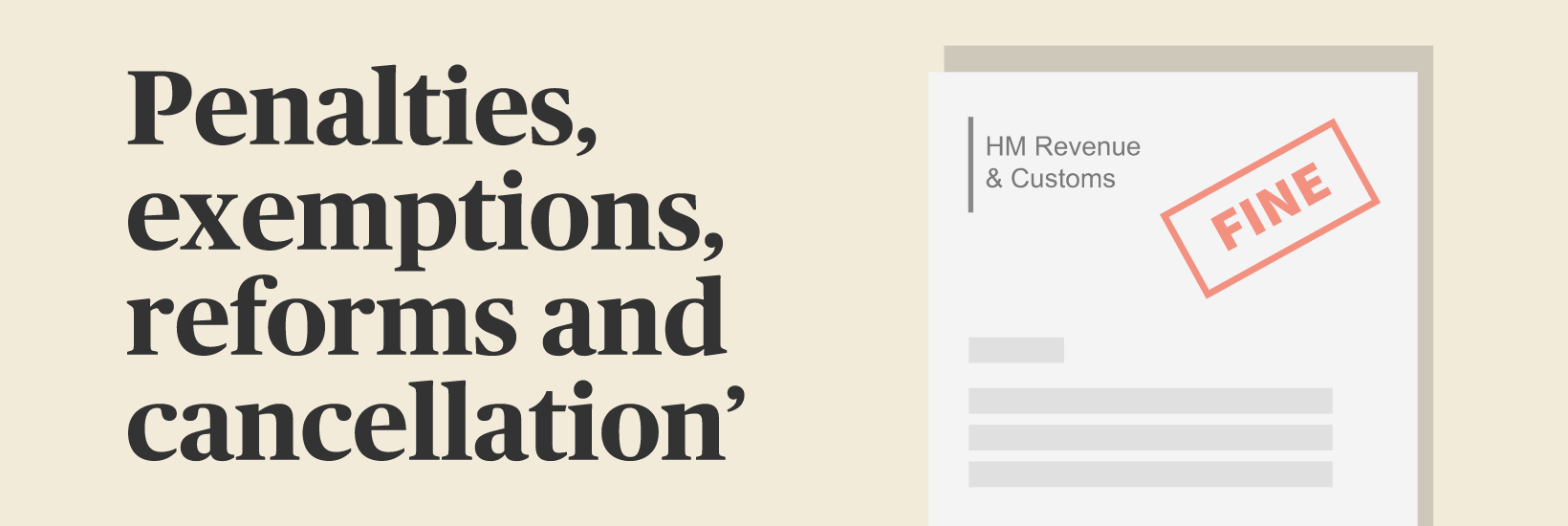
Fines and penalties for VAT
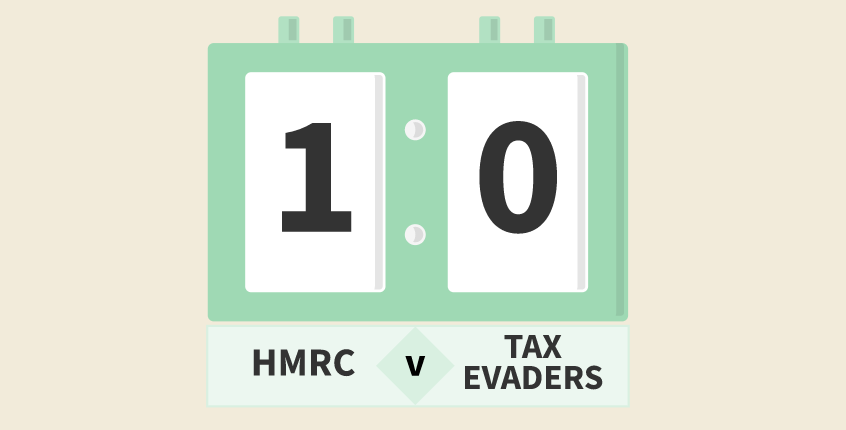
The way HMRC penalise late taxpayers is changing. A new points-based system for tax penalties is being introduced and will initially apply to VAT-registered business. The system is designed to clamp down on those who consistently submit returns and pay late, rather than punish people for making one-off mistakes.
Announced in the 2021 Budget, the new points-based system will come into effect for VAT-registered business from April 2022. Under the system, you’ll get a penalty point for missing a deadline rather than an automatic fine. The more deadlines you miss, the more points you get. Taxpayers will get a £200 fine when they reach a certain number of points and another £200 fine for every subsequent missed deadline.
Find out more about HMRC’s new tax penalty points-based system here.
Can I get an exemption for VAT?
You can get an exemption from registering for VAT if you meet HMRC’s criteria, which states your business can be exempt if you:
- Only sell goods or services that are exempt from VAT. Even if your turnover is above the £85,000 threshold, you can’t register for VAT or claim back any VAT costs you incur on business purchases.
- Sell mainly or only zero-rated items. However, it’s important to remember that you won’t be able to reclaim any VAT if you are exempt from registration.
- Will only temporarily breach the VAT threshold. You’ll need to show evidence that your VAT taxable turnover won’t exceed £83,000 in the next 12 months. If HMRC don’t agree with your evidence, they’ll register you for VAT.
What are the 2021 EU VAT reforms?
New VAT e-commerce rules were introduced on 1 July 2021. The reforms affect everyone in the EU e-commerce supply chain but are particularly significant for people who sell online or run an online marketplace. According to a European Commission report, these new rules should make it easier for businesses to sell goods online. However, some people have expressed concerns that it could be costly for small and medium-sized businesses in the UK.
Here’s a quick summary of the new rules:
- Online sellers now register in one EU Member State
- There’s a new EU-wide €10,000 VAT threshold
- The VAT exemption for low-value consignments has been removed
- Online marketplaces now the ‘deemed supplier’ and VAT collector
Read more about the new VAT e-commerce rules on the European Commission website here.
Cancelling your VAT registration
You must cancel your registration if you’re no longer eligible to be VAT-registered. This has to be done within 30 days of you becoming ineligible or HMRC can penalise you. You can cancel your VAT registration online or by post.
After you cancel, you’ll have to submit a final VAT return for the period up to and including the cancellation date. You shouldn’t wait until you’ve received all your invoices before submitting the final return – you can still claim back VAT on anything you bought while registered.
HMRC will automatically re-register you for VAT if they realise you shouldn’t have cancelled in the first place. You’ll have to account for any VAT you should have paid in the meantime.
Work hard, insure easy
Running a business is hard work. That’s why we’re doing all we can to make your insurance a bit easier. From helping you tailor your policy to your unique business needs, to taking the guesswork out of finding business insurance, find out what we’re doing to help small businesses.